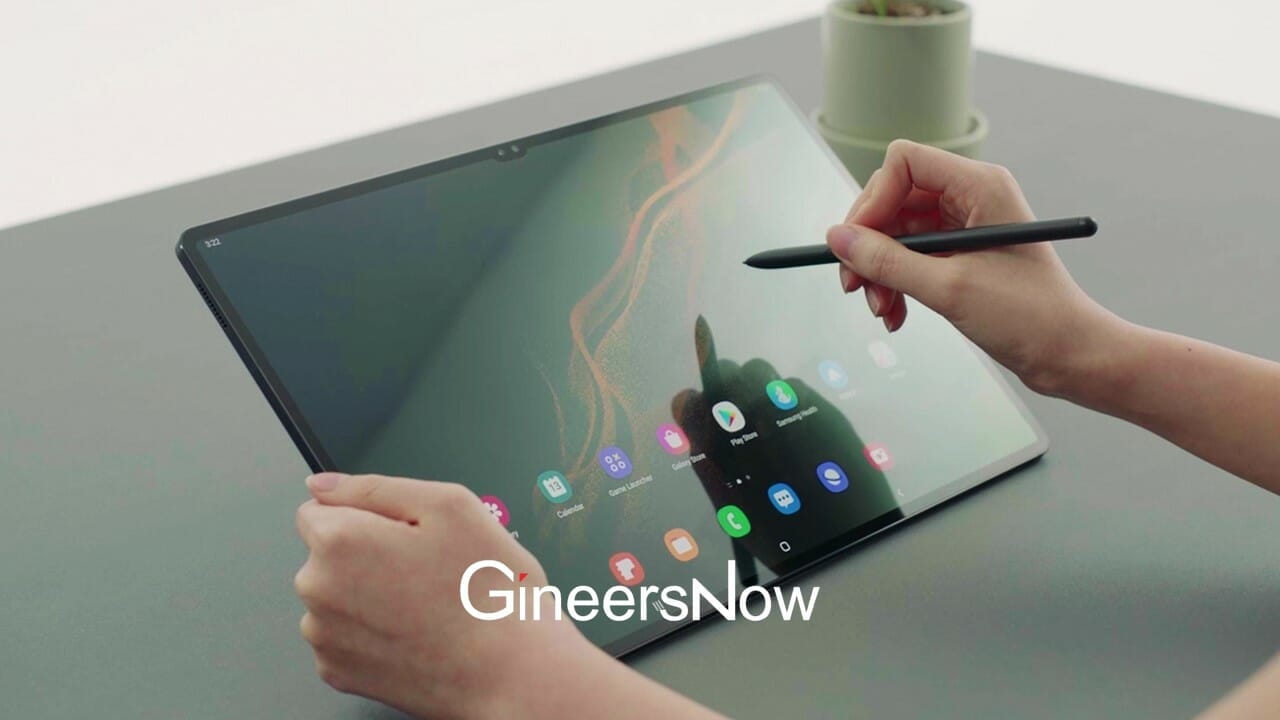Business Can Produce Better Results with Gamification.
Gamification ON
The structure of the word “gamification” gives a little away about the process itself, but it sounds like the idea of making something that’s not a game like a game, and in a way, it is! The simplest way to explain the concept as it pertains to the business world is this: gamification in business is the idea or process of adding game-like aspects to a business environment. Game mechanics are integrated into the work or business process to drive and improve employee performance and, ultimately, overall results. These mechanics or aspects could be anything from points, leaderboards, and rules of play to various self-expression methods. These “mechanics” encourage the workforce to participate in a more motivated way and find some ownership of the business process. Positive feedback from management and employers facilitates the process. Some people take business lessons from poker, some from icons like Richard Branson, and others take their lead from successful video games.
How Can Gamification Improve My Business?
There are a number of ways that gameful thinking can help your business achieve greater success and help your workforce to get the most out of their jobs at the same time. These are a few aspects of the gamification process that will heavily impact its success or failure. If you keep an eye on them, it will help your business grow.
1. Even the Playing Field
Make sure that everyone in the “game” knows the rules. An essential component of any game is fairness, and fairness begins with all the players having the same starting point and access to or understanding of the rules and the end goal. Suppose some employees feel like they’re getting the short end of the stick in not being able to participate or not having the same rules or resources as others. In that case, morale will decrease instead of increase, and employees with low confidence do not do their best on the job. If everyone starts at the same place, people will enjoy the process regardless of who wins in the end.

2. Play the Long Game
Don’t get so caught up in the gamification of any aspect of your business that you forget about the long game or the long-term goal. Don’t dive into this type of strategy too quickly or get too deep too fast. It’s easy enough to get most groups of people excited about something in the short term, but remember that the level of excitement you start with should carry through the whole process. If you go too big, it’ll be a real challenge to keep up with it for an extended period. Before proceeding with any strategy, take the “temperature” among your employees. There will always be those who are more excited and those who are not so keen on the gamification aspect, and you should pace yourself so that neither group is frustrated.
3. Don’t Place Too Much Emphasis on Rewards
Rewards or commission structures are excellent motivators; however, they shouldn’t be the only goal. The idea that employees will only work hard if the rewards are extravagant is also not necessarily correct. Going too crazy and providing huge, flashy bonuses is not a long-term, sustainable strategy (remember what we said about the long game?). Because it’s human nature to want more, your employees may become too used to such overboard rewards and become dissatisfied in the long run. You want to create a culture that rewards good, hard work and a culture where the prize is only part of the excitement, and driving sales or doing well at work is also a part.
4. Tracking Your Performance
If a tree falls in the forest and no one’s there, does it make a sound? We don’t know because no one was there to track it! Tracking the performance of your employees and the business’s results as gamification strategies are implemented is key to implementing more successful plans in the future. If you know what works well and what doesn’t work at all, you can cut the pointless aspects and place more emphasis on the things that work well.
5. Celebrate All Participants
There can only be one winner in any game, but it’s not necessarily true that you shouldn’t celebrate all the participants. There are many situations where many or all employees may have worked just as hard as the winner, but the winner ended up getting a few lucky breaks putting them ahead of the pack. Of course, there might be some employees that aren’t giving their all as well; perhaps showing all of them that they are of equal value despite the gamification strategy might improve their commitment and participation! Once the “game” is over, perhaps after-work drinks or lunch with all the staff would be an excellent way to wind it all up.
Final Word
These points give you an idea of how to implement gamification in any business and how it can build an office culture that will help the company thrive. Will you be testing them out soon?














